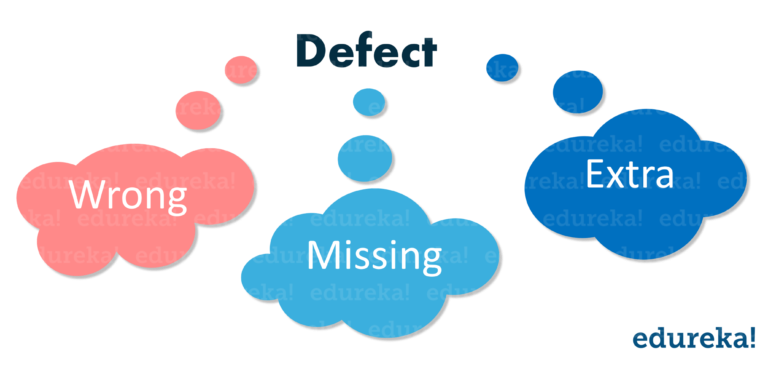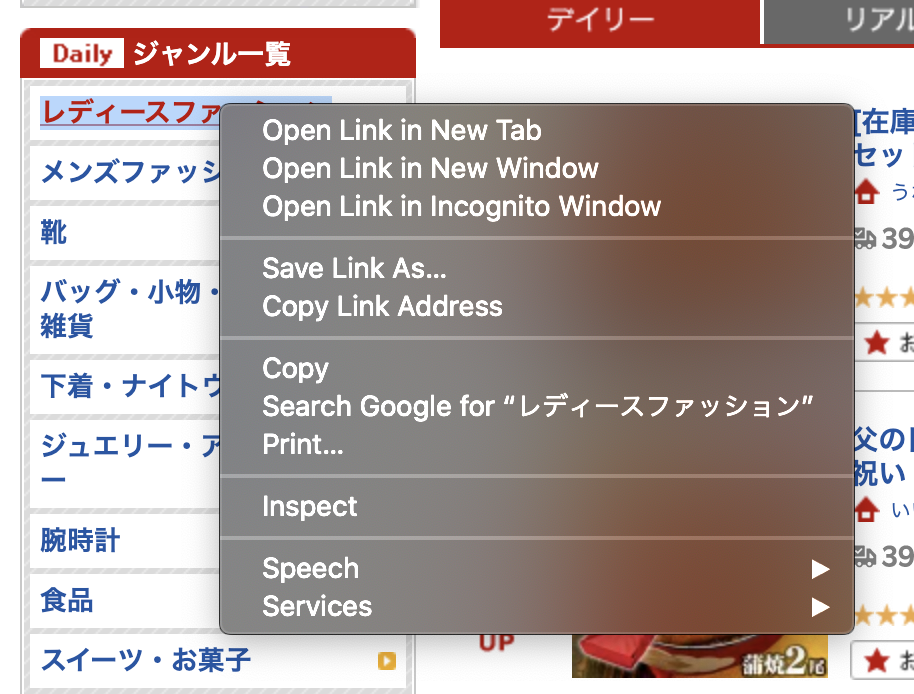This content is from 'edureka' and I'm just taking a memo referring to it.
Top 50 Software Testing Interview Questions To Know In 2021 | Edureka
Senior Software QA Automation Engineer
- Job Summary : Plan, design, execute and report software tests (with automation technique). Supervise a team of software testers.
1. Test Cycle
Planning, Case development, Env setting, Execution, Closure
2. What are the different methods of testing?
There are three methods of software testing and they are as follows:
- Black-box testing : It is a testing strategy based solely on requirements and specifications. In this strategy, it requires no knowledge of internal paths, structures, or implementation of the software being tested.
- White box testing : It is a testing strategy based on internal paths, code structures, and implementation of the software being tested. White box testing generally requires detailed programming skills.
- Gray box testing : It is a strategy for software debugging in which the tester has limited knowledge of the internal details of the program.
3. Bug/Defect Life Cycle

4. What is Non Functional Testing?
Performed after functional testing, Based on customers expectations (Functional Test is based on requirement)
Non-Functional Testing is normally conducted during System and Acceptance Testing levels.
Normally, White Box Testing method is used. (Exception is Usability Testing where black box testing method is used.)
* Usability Testing
* Performance Testing
* Security Testing
* Compliance Testing
7. What is Verification and Validation in Software Testing?
- Verification: It is a static analysis technique. Here, testing is done without executing the code. Examples include – Reviews, Inspection, and walkthrough.
- Validation: It is a dynamic analysis technique where testing is done by executing the code. Examples include functional and non-functional testing techniques.
8. Category of defects

9. Different type of Test coverage
- Statement coverage : It ensures that each line of source code has been executed and tested.
- Decision coverage : It assures that every decision (true/false) in the source code has been executed and tested.
- Path coverage : Here we ensure that every possible route through a given part of the code is executed and tested.
10. Environment reality / Test phase

11. Cost impact from when defect is found

12. BVA(Boundary Value Analysis)
Boundary Value Analysis (BVA) is a black box test design technique which is applied to see if there are any bugs at the boundary of the input domain.
13. Random Testing (= Adhoc, Monkey Testing)

14. what basis you can arrive at an estimation for your project?
- Divide project to milestones
- Extract necessary tasks
- Estimate
15. General order between black box and white box testing
Black -> White due to the amount of knowledge
16. AT's Success Criteria
* Maintainability
* Defect Detection Ratio
* Automation execution time and time savings to release the product
* Reduction in Labour & other costs
17. What kind of input do we need from the end user to begin proper testing?

18. What is meant by workbench concept?
A workbench at its core is a way of documenting how a specific activity has to be performed. It is often referred to as phases, steps, and tasks as shown in the following figure.
 There are five tasks for every workbench and they are as follows:
Input
Execute
Check
Production output
Rework
There are five tasks for every workbench and they are as follows:
Input
Execute
Check
Production output
Rework
19. What is meant by Defect Cascading?
Defect cascading is a defect which is caused by another defect. One defect triggers the other defect. When a defect is present in any stage but is not identified, hide to other phases without getting noticed. This will result in an increase in the number of defects.
Let us understand this by an example.
You are designing the Login Module of a WebPage:
In phase 1 – You are designing Register User Module for Login and mobile number is mandatory but you can leave it blank due to a bug that gets unnoticed.
In Phase 2 – You will design the login form having username and password. The password is OTP which will be sent to User’s registered mobile number.
Now as Register module has a bug that mobile number can be left blank so this may lead to Login failure or maybe some system error or crash if a null mobile number is not handled. This is known as defect cascading.







